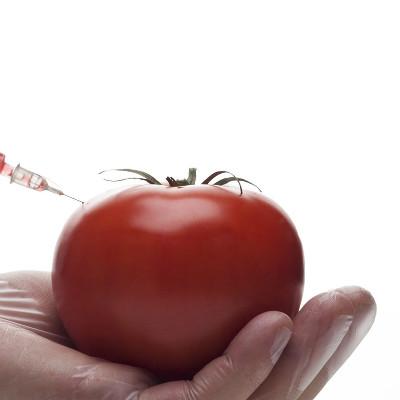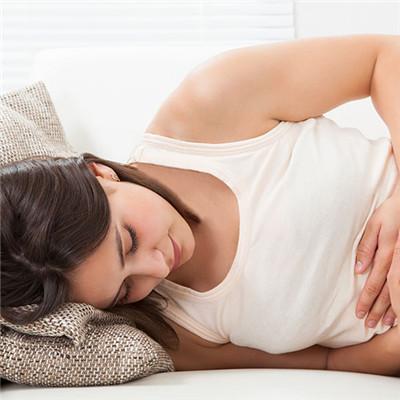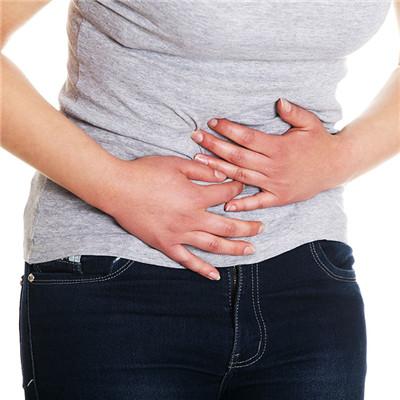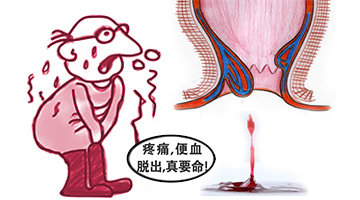How to treat Salmonella infection?
summary
Salmonella has a wide range of hosts in nature. A few of them are selective to hosts. Most of them are adapted to human and animals. They can live in mammals, reptiles, birds, insects and human gastrointestinal tract. The infection rate of a wide variety of domestic and wild animals is more than 1% - 20%. Salmonella, belonging to Enterobacteriaceae, can cause gastroenteritis, typhoid fever, septicemia, focal infection and other symptoms, which are collectively referred to as Salmonella infection (i.e. salmonellosis). The disease can be affected at any age, but the susceptibility of young (especially about 1 year old), old, chronic consumptive disease and recent use of antibiotics is increased. Enteritis, typhoid fever, swine cholera, duck and Newport Salmonella were the most common pathogens. Drugs are more suitable for clothing. Now let's get to know.
How to treat Salmonella infection?
First, patients with gastroenteritis should focus on maintaining the balance of water and electrolyte, supplemented by necessary symptomatic treatment. Oral glucose electrolyte solution can be given to patients with mild or moderate dehydration, and intravenous rehydration is needed to patients with severe dehydration. Oral rehydration can be used after the condition is improved. The patients with severe toxic symptoms and circulatory failure should pay attention to maintaining effective blood volume. If necessary, adrenocortical hormone can be used. Abdominal pain and diarrhea can be significantly improved after fasting. Severe patients can try anti secretory drugs such as berberine, chlorpromazine, propranolol, calcium gluconate, indomethacin, etc. Antispasmodic agents should be used in a short time.

Second: for severe gastroenteritis or the elderly, infants (especially infants less than 4 months), malnutrition, combined with chronic diseases or immunodeficiency, corresponding antibiotics should be added. Antibiotics should be applied to the patients with extragastrointestinal infection, sepsis, typhoid and local suppurative infection.

Third: in the past, chloramphenicol, compound sulfamethoxazole, ampicillin or hydroxyampicillin were commonly used for the treatment of Salmonella infection, which was much more than the fever subsided after 4-6 days. However, some patients may relapse, but re administration is still effective. In recent years, the phenomenon of drug resistance of pathogens is increasing, so it is best to select appropriate antibiotics according to the results of drug sensitivity. At present, the third-generation fluoroquinolones and cephalosporins, such as ciprofloxacin, ofloxacin, lomefloxacin, and yibaosiling, are commonly used in clinic, which often have good curative effect.
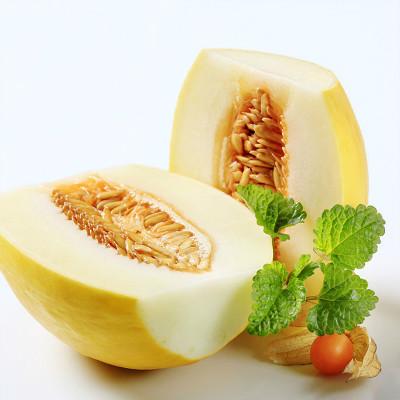
matters needing attention
Pay attention to the hygiene of diet and drinking water. Cooking utensils and utensils must be cleaned and disinfected frequently. Raw and cooked food should be divided into containers. When cutting, knives and plates should be divided. Cook thoroughly when eating. Don't drink raw water.


